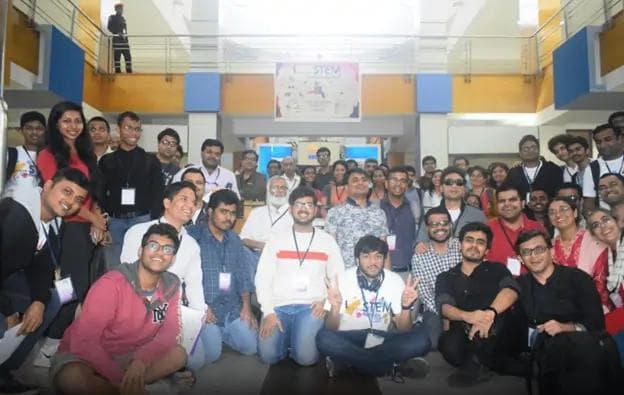How to help AI stop ‘hallucinating’
How to help AI stop ‘hallucinating’
Published by Wanda Rich
Posted on April 30, 2024

Published by Wanda Rich
Posted on April 30, 2024

How to help AI stop ‘hallucinating’
Joyce Gordon
Ask any AI chatbot a question, and its answers are either helpful, amusing or just plain ‘trippy.’ Welcome to the brave new world of ‘AI hallucinations’. This is when an AI model generates incorrect information, but presents it as if it were a fact, to best match your query. In this Q&A, we speak with Amperity’s Head of Generative AI, Joyce Gordon on how to manage and even eradicate the hallucinating hiccups.
Why are hallucinations so hard to eliminate?
LLMs are trained on discrete collections of data and tasked with generating new content based on that input data. There are many reasons why hallucinations are challenging to eliminate. Three of the most fundamental include:
Is it possible to eliminate hallucinations?
While theoretically it is possible in the future, it’s unlikely. It would be a challenging task to eliminate hallucinations since it requires the LLM to perpetually be trained on the most up to date data, and be able to overcome any inherent uncertainties in language, while also ensuring that the input data is completely unbiased. Generative AI has wide applications across many types of use cases of varying complexity. It might be possible to eliminate hallucinations in use cases that are relatively constrained, while more challenging to eliminate hallucination in use cases that are more complex.
What are the best approaches to eliminating hallucinations?
The answer here really depends on the use case at hand. Three promising classes of techniques to reduce hallucinations are:
Would eliminating hallucinations impact AI creativity?
It depends on how one thinks about creativity. Hallucinations, at their core, are mistakes. Historically, many notable innovations have resulted from accidental events. However, there are many other ways that AI can drive creativity beyond hallucinations. If hallucinations are prevalent, AI adoption will be lower, which will limit the opportunity that AI has to help people drive creative solutions.
Joyce Gordon Bio
Joyce is the Head of Generative AI at Amperity, leading product development and strategy. Previously, Joyce led product development for many of Amperity’s ML and ML Ops investments, including launching Amperity’s predictive models and infrastructure used by many of the world’s top brands. Joyce joined the company in 2019 following Amperity’s acquisition of Custora where she was a founding member of the product team. She earned a B.A. in Biological Mathematics from the University of Pennsylvania and is an inventor on several pending ML patents.
About Amperity
Amperity delivers the data confidence brands need to unlock growth by truly knowing their customers. With Amperity, brands can build a unified customer profile foundation powered by first-party data to fuel customer acquisition and retention, personalize experiences that build loyalty, and manage privacy compliance. Using patented AI and machine learning methods, Amperity stitches together all customer interactions to build a unified view that seamlessly connects to marketing and technology tools. More than 400 brands worldwide rely on Amperity to turn data into business value, including Alaska Airlines, Brooks Running, Endeavour Drinks, Planet Fitness, Seattle Sounders FC, Under Armour and Wyndham Hotels & Resorts. For more information, please visit www.amperity.com or follow us on LinkedIn, Twitter, Facebook and Instagram.
Explore more articles in the Technology category











